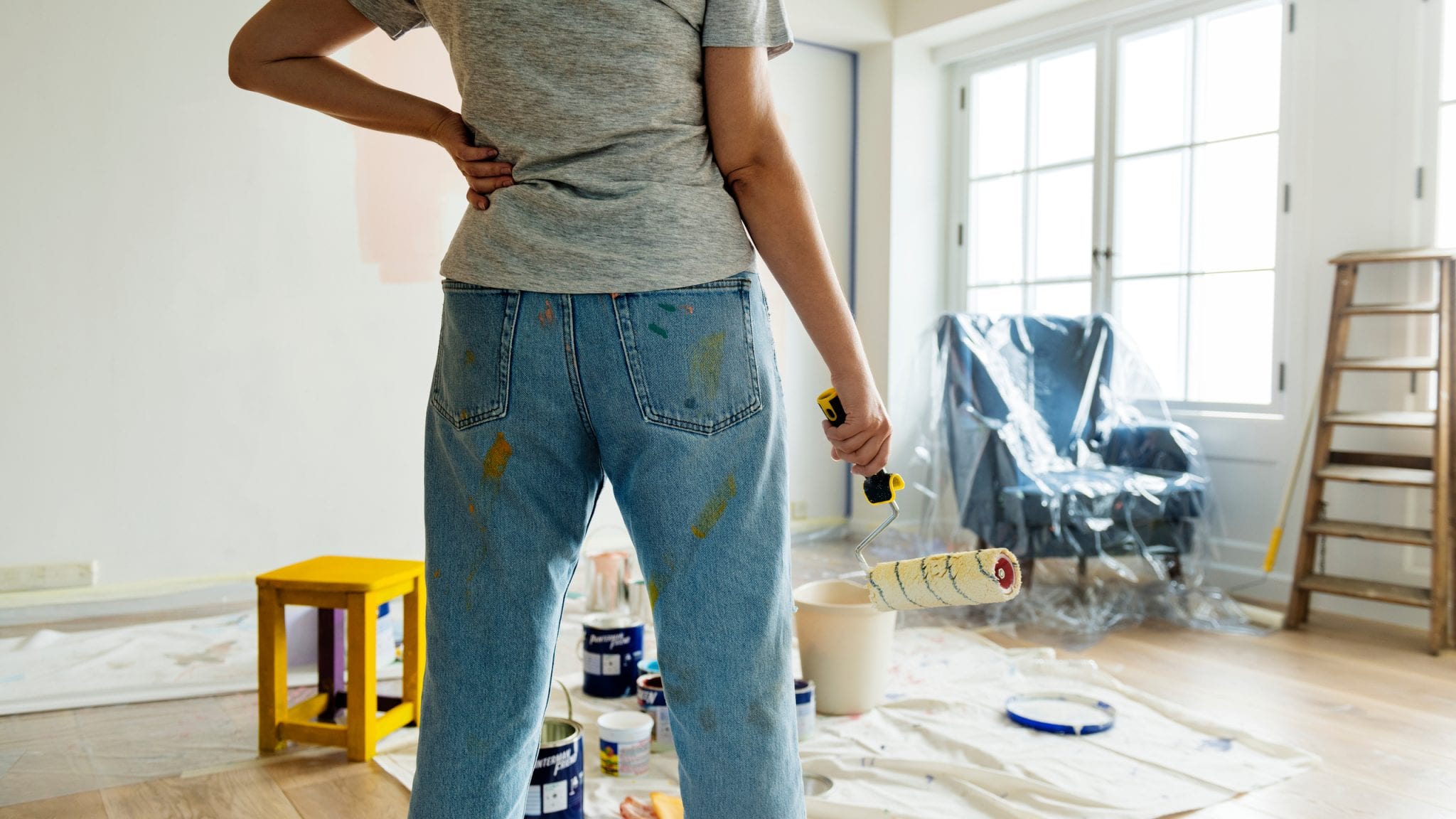
How To Prepare Your Home Before Selling
Seeing is believing and this serves as a common “concept” for customers, especially those who are looking to invest in real estate whether for personal use or as an option to enhance an investment portfolio.
Truth be told, you can’t blame people for thinking this way, since a real estate property can be an equivalent of their life savings or eat up a sizable chunk of their finances.
That is why it is critical to understand where customers are coming from and real estate agents must be wary of triggers that could win or lose a customer.
It all starts with a first impression
This is why staging a home or property is critical to make it more visually attractive and appealing for your house to establish a good and lasting impression on buyers.
Plan a good layout for your home to prepare for the open house. Arrange appliances or furniture that maximises bare areas in your house.
You can go the minimalist route and create a wide-open area with well-placed décor, use highlights to accentuate the scene, and maintain space balance. When possible, try opening all doors and windows inside the property to create an illusion of wider, open, and functional areas.
Ensure that interiors are properly lighted to create an impression that you are not hiding anything and it also provides a warm feeling of refuge and comfort for those who are in the property.
Everyone loves a clean house
The first thing to do is to make sure that the property is clean, with basic home items are in order and are generally functional. Plan and do all this way ahead of a scheduled property staging to give you more time and find opportunities to make changes and repair arrangements when needed.
It also creates an impression on buyers that the property is well-maintained. Check and repair parts or appliances that are damaged ahead of time so you have it fixed properly.
Be mindful about broken floor tiles, chipped stone counters, and loose power switches that can be potential turn-offs.
Use neutral colours
Always remember to put things in perspective by making sure that your style, designs, or décor are on the neutral side to avoid clashing with those of buyers who may think differently from you. A neutral home environment is generally more appealing to a broader market, so make sure you can keep it simple.
When playing on colours choose tones that appeal to emotions such as yellow and bright orange to energise rooms, while muted blues, lilacs, or greys call for a relaxing and calming bedroom environment.
Add value by putting on a fresh coat of paint in a dull room, or new floor carpeting to invoke feelings of concern with buyers.
Put on some decorative elements around the house such as rustic chairs, an antique table lamp, or coffee table books to brighten up areas around the house. Throwing in some artwork or framed pictures on blank walls can add up to feelings of nostalgia for visitors or potential buyers.
Make it more welcoming
Make your potential buyers feel welcome and comfortable during your staging schedules.
Crank up your air conditioning system on a warm, sunny day so they can associate your home with relaxation and comfort. When staging during the winter season, you could set-up warm indoor lighting or have your heating system checked to ensure it is in good working order.
Beautify or improve the exterior of your home to attract more buyers to get inside and spur their interest to see what other surprises lay in store for them.
Take note that buyers are always on the lookout for properties that are properly maintained and ready for occupants to move in. Buyers feel more comfortable knowing the property they purchased does not cause them to worry on spending for costly repairs.
Ensure that all necessary repairs are completed before putting your property up for sale, particularly those that have vital functions in the home such as plumbing, lighting, wiring, loose stair planks, etc.
Do not hide anything that needs repairs such as non-compliant room extensions, structural, or water damage. Neglecting it could be a major cause for concern when it gets discovered and can escalate to legal problems even after a sale is completed.
Avoid spending too much on renovations
Make sure that renovations are done strategically and only when appropriate, lest you may find it challenging in pricing your home accordingly or have difficulty matching price offers. Your home may end up too expensive for potential buyers and make it more challenging to close deals.
Examples of renovations that do not add value are luxury fittings, wine cellars, marble benchtops dedicated library or media rooms, etc.
Price your property accordingly and accurately
Pricing is a critical aspect of the sale process and over-estimating its value can turn-off potential buyers. Those experienced in real estate business know how to conduct due diligence and can determine a fair market value of your home.
Remember to always be realistic when it comes to pricing, remain transparent, and be honest with your buyers.